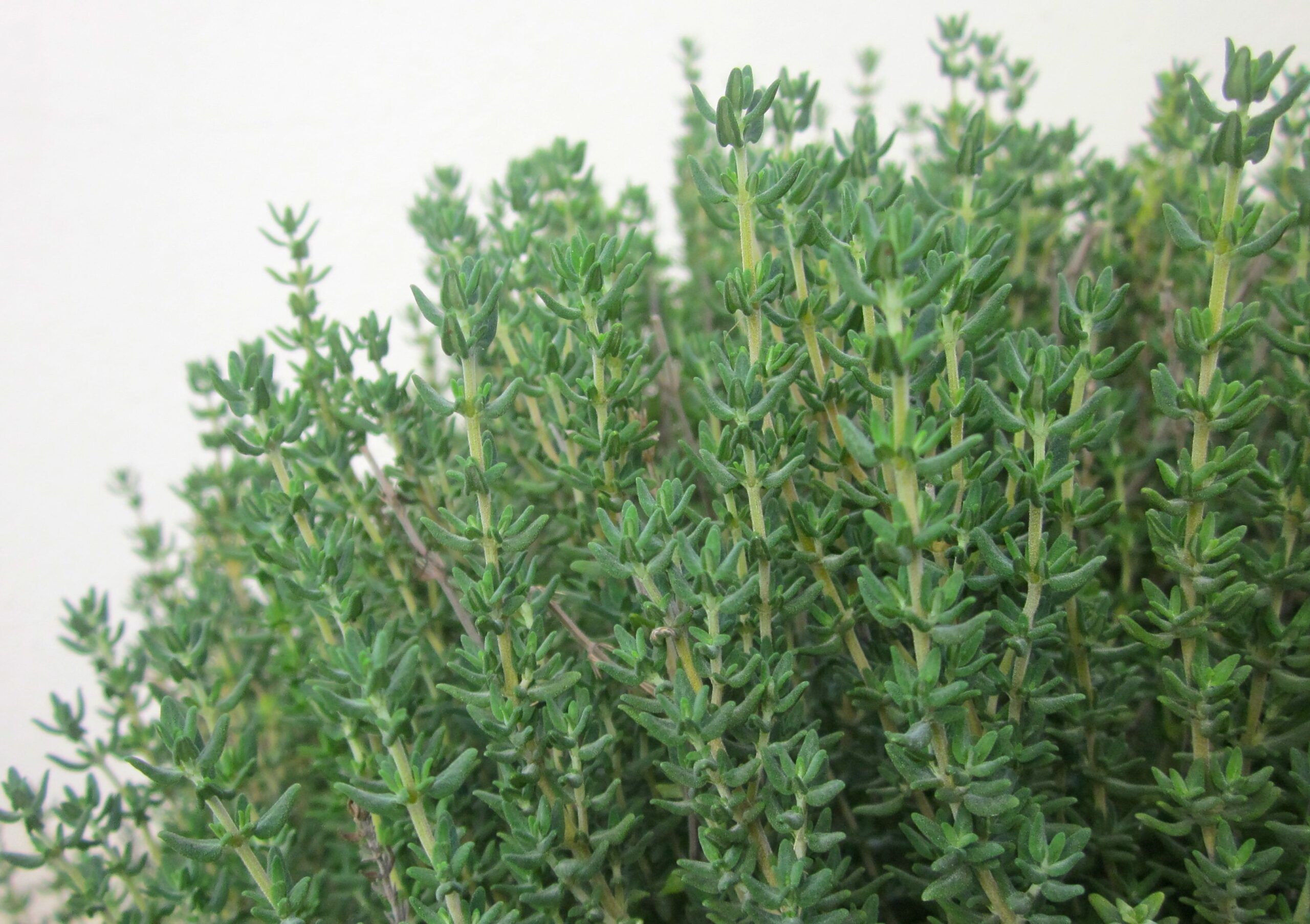Hello!
It’s crazy to think that it’s already been two weeks since we posted about Palmarosa. If you didn’t get a chance to read that post yet, you can find it here.
Today, we’re focusing on a much more herbal scent, one that has a slight sweetness to it as well, Thymus Vulgaris, more commonly known as Thyme.
Thyme is an evergreen perennial shrub that can grow up to 18 inches high.
The name is derived from the Greek word “thymos” which means ‘perfume’ and used to be used as an incense in Greek temples. Thyme was used in many ancient herbal medicine practices, and not just by the Greeks but also by the Romans and the Egyptians. To acquire Thyme essential oil, the leaves and flowers of the botanical are steam distilled.
Precautions: Because there are so many different chemotypes, it’s not possible to lump all Thymus Vulgaris together in terms of precautions. While Thujanol CT and linalool CT have no known contraindications, limonene CT may inhibit blood clotting, and it may be a mucus membrane and skin irritant- which becomes much more likely with old or oxidized oils, and Geraniol CT may be choleretic. All in all, it’s important to note that Thyme is a very powerful essential oil and should be used in lower dosages and very well respected.
In Aromatherapy, Thyme essential oil is incredibly useful for a large variety of things, most of which center around the skin and the respiratory system.
For the skin, it is useful in treating bruises, healing insect bites, helping to get rid of lice as well as being anti-fungal. Thyme is also a very potent respiratory tonic and a great aid in getting rid of congestion, colds, spasmodic coughs and sore throats. However, it is not just useful in aiding the skin and the respiratory system, but it’s also a great digestive stimulant, useful in aiding concentration and memory, and a phenomenal immune stimulant, just to name a very few of it’s many uses!
Until next time!
